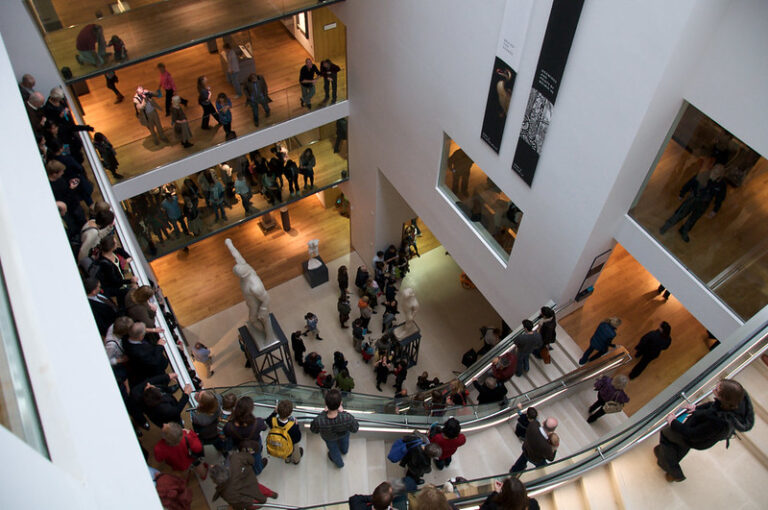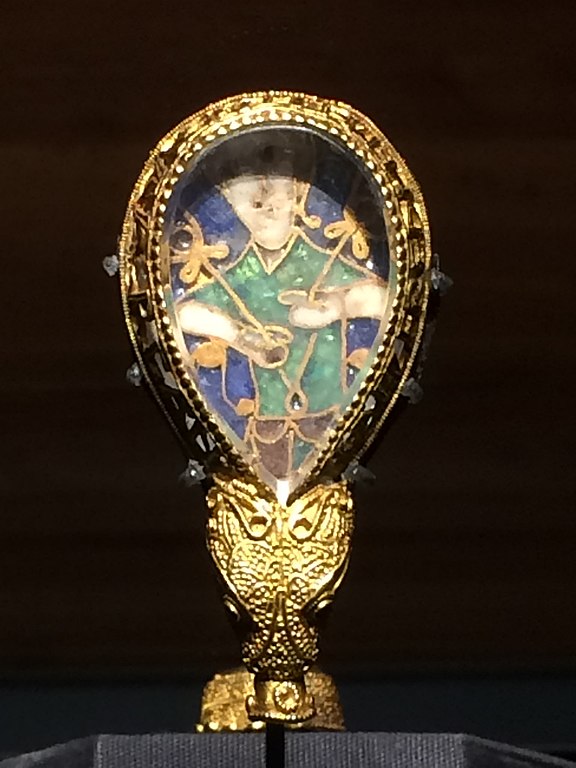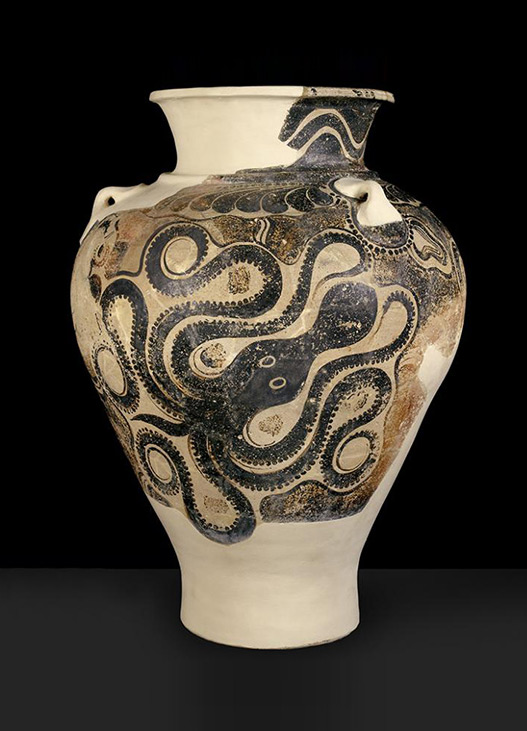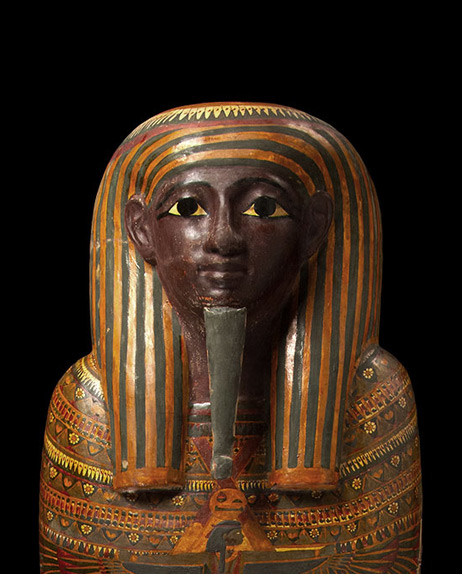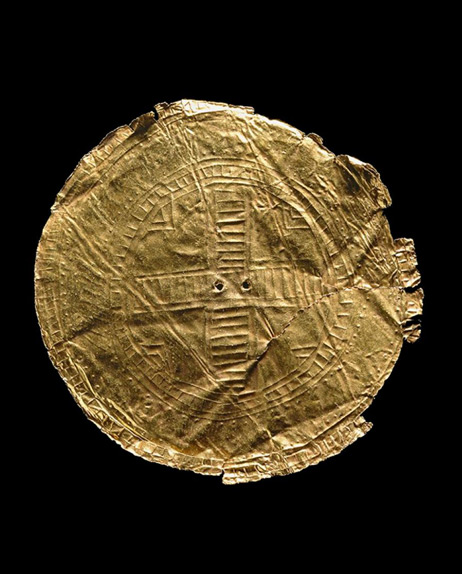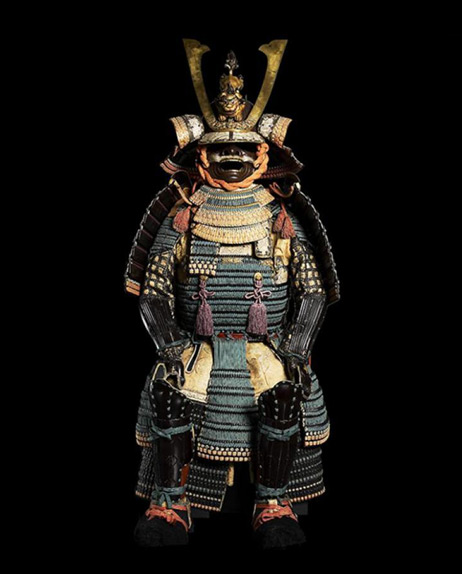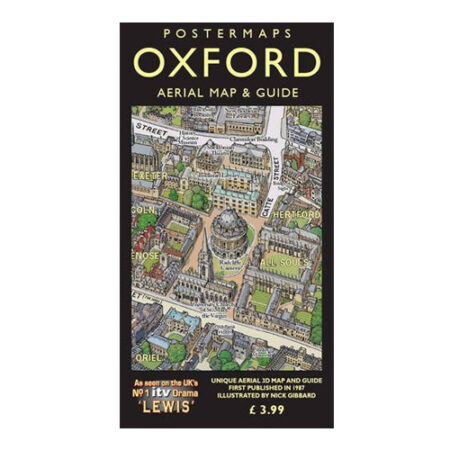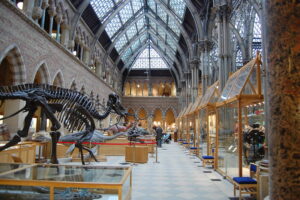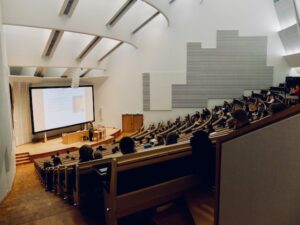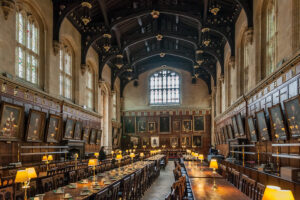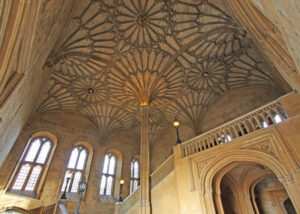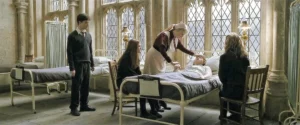The Ashmolean is one of the world’s most renowned archaeological museums. You shouldn’t miss it if you visit Oxford and you are interested in history. The Ashmolean dates back to the 1670s. It was Britain’s first public museum and was born as a cabinet of curiosities.
Should You Visit Oxford's Ashmolean Museum?
The Ashmolean Museum of Art and Archaeology is, without a doubt, one of the best museums in the world. If you’re interested in archaeology and history, you shouldn’t miss it when you visit Oxford.
The museum first opened its doors on 24 May 1683. The first keeper was a naturalist called Robert Plot, who also happened to be the first Professor of Chemistry at the University of Oxford.
The First Collection of the Ashmolean Included a Stuffed Dodo!
The first collection this museum acquired was that of the gardeners and travellers John Tradescant the Elder and his son, John Tradescant the Younger. It consisted of antique coins, engravings, books, and geological and zoological specimens. One of them was in fact the body of the last dodo seen in Europe! It was, of course, stuffed – but moths eventually destroyed all of it except its head and one claw.
Why is the Ashmolean Museum so Important for Archaeology?
You might have heard of a man called Sir Arthur Evans. He was a British archaeologist and a pioneer in the study of the Bronze Age and the Aegean civilization. He was also the discoverer of the famous Palace of Knossos (in Crete, Greece), which is believed to have given origin to the myth of the minotaur. Evans was the appointed keeper of the Ashmolean in the 1880s, and is responsible for most of what we can see in the museum today.
The Ashmolean contains several valuable archaeological specimens, including Evan’s collection of Greek and Minoan pottery. There are also antiquities from Ancient Egypt and Sudan, drawings by Michelangelo, Leonardo da Vinci and Raphael, paintings by Picasso and van Dyck, watercolours by J. M. W. Turner, and the Messiah Stradivarius violin made by Antonio Stradivari.
When To Visit the Ashmolean Museum
The museum is not as big as, say, the British, but you will still need to prepare for your visit. Entry is free and you can go any day from 10 am to 5 pm. Since the pandemic’s outbreak, it’s recommended that you book your tickets in advance to guarantee a place.
Archaeological Highlights of the Ashmolean
The Ashmolean’s collection houses more than 120,000 objects. If you can’t visit them in person, you can see all of them in the online collections. If you are in Oxford and can stop by, however, you will be able to see some of the world’s most beautiful treasures. For example:
The Alfred Jewel
The Alfred Jewel is an Anglo-Saxon artefact that dates back to the 9th century. This beautiful enamel and quartz jewel, once attached to a tod, is believed to have been made by Alfred the Great (r. 871–899). It has an inscription that reads: “AELFRED MEC HEHT GEWYRCAN”, which translated to ‘Alfred ordered me made”.
The function of this beautiful piece was probably to point and follow words when reading a book. The jewel was ploughed up in a field in Somerset in 1693, just miles from Athelney Abbey – Alfred’s stronghold in the marshes.
Where to see the Alfred Jewel: Level 2: Gallery 41. Ashmolean Museum, Oxford.
The Knossos Octopus Pot
This impressive three-handled jar stands 75 centimetres and depicts an octopus with six arms over an abstract seascape. The government of Crete donated this jar to the Oxfordian museum through Sir Arthur Evans in 1911, while he was the keeper. It comes from the palace he excavated at Knossos, and belongs to the Minoan culture.
The pottery from this period (c. 1450 BC) shows a blend of Minoan and Mycenean traits. In this case, the shape is Mycenean. The pot was probably used to store oil or wine and has a popular octopus motif depicted with extraordinary accuracy.
Where to see the Alfred Jewel: Level G: Gallery 20. Ashmolean Museum, Oxford.
The Djed-Djehuty-Iuef-Ankh Mummy
Djed-Djehuty-Iuef-Ankh was a member of a family of priests who lived in the Ancient Egyptian city of Thebes. His name means “The God Thoth says May He Live”. This mummy, displayed on Gallery 24 of the Ashmolean Museum, nests three coffins and containers the body of a man that was buried close to his mother within the temple at Deir el-Bahri.
The coffin has a vaulted lid representing the sky, and painted figures of falcons as outer posts. There is also a painted statuette of a jacket (that represents the god who guards the dead) at the foot of the lid. The mummy displays the belief that the priest would undertake a journey to the afterlife. A collection of small amulets were included below the man’s chin.
Where to see the Djed-Djehuty-Iuef-Ankh mummy: Level G: Gallery 24. Ashmolean Museum, Oxford.
The Ballyshannon Sun Disk
The Ballyshannon Sun Disk is a small disc made of a thin sheet of beaten gold. It has raised decorations of a cross-shape, circles and geometric patterns. The disc was found by men who were looking for a burial place described in an old Irish song (that talks about “a man of gigantic stature”).
Sun discs are one of the earliest forms of sheet goldwork we can find in Britain and Ireland. This one is believed to date back to 2500-2150 BC. It’s probable these discs were attached to a backing, for example, to be worn with clothing such as a button or spangle. Many of them are found in burials in pairs. Although there were two Ballyshannon sun disks. One was donated to the Ashmolean in 1969, the other’s fate is unknown.
The Samurai Ceremonial Suit of Armour
This ceremonial suit of armour was made during the Edo period (1600 to 1868) in Japan, for a samurai member of the military nobility and officer caste. The Edo period was peaceful, so the suit is ceremonial and was worn mostly to show off rank and wealth.
This suit is called a dōmaru. The chest armour wraps around the body and is fastened on the right side. Many people were involved in the creation of this samurai piece; for example, blacksmiths, lacquerers, leatherworkers, and weavers. The body and skirt are made of small plates laced together with silk cords. The helmet is made of 62 iron plates riveted together and has a pair of imposing antler-like projections (this feature initially indicated a general, but then became merely decorative).
Planning your Self-Guided Ashmolean Walking Tour
You can get to the Ashmolean Museum in Oxford using the tube (combine to the Oxford Train Station from Paddington), bus (this museum is right next to the High Street bus stop) or by car (the closest carpark is Broad Street).
We recommend you take a few hours to wander around this incredible archaeological museum. You should also check out the temporary exhibitions. There is a stunning rooftop restaurant where you can close your visit with a cocktail or meal. The views are perfect to celebrate your archaeological day in Oxford!
